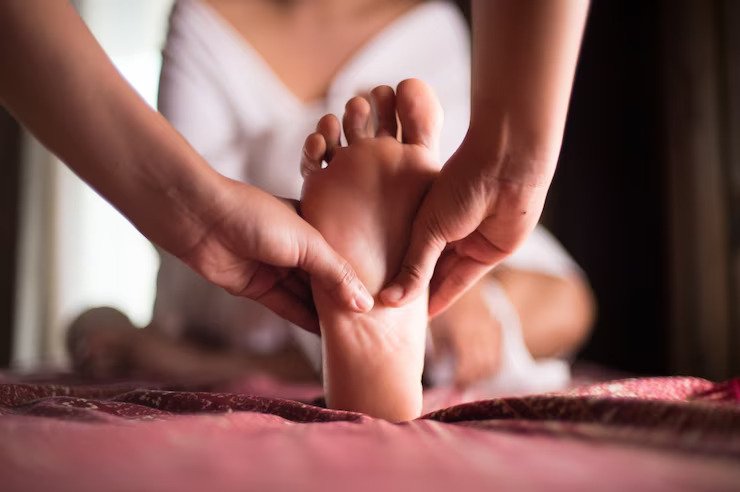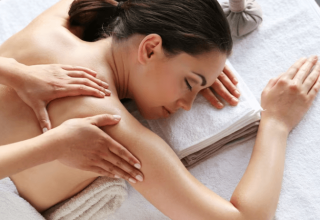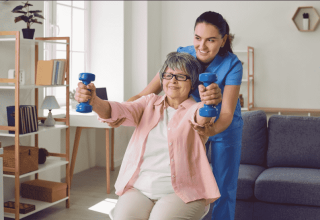Choosing The Right Foot Orthotics – A Guide For Different Foot Conditions
Selecting the appropriate foot orthotics is crucial for alleviating pain and discomfort in your feet, ankles, legs, and back. Getting the proper foot support from the start can prevent future injuries and help you heal faster.
Many people buy shoe inserts or orthotics from the drugstore to add extra cushioning and arch support to their shoes. However, these mass-produced shoe insoles can worsen your foot conditions and cause problems elsewhere in the body.
Contents
Flat Feet
It is common for infants and toddlers to have flat feet as their tendons need time to tighten and develop an arch. This condition usually doesn’t cause pain and may not need treatment.
In some cases, flat feet develop in childhood and remain symptom-free into adulthood. In other cases, the flat foot is caused by a genetic disorder or a condition that causes inflammation of the connective tissues, such as arthritis or diabetes.
Some adults develop a rigid flat foot where the arch remains fallen, whether standing, sitting, or on tiptoes. In these cases, the doctor will examine the feet to see if there is any movement of the bones and to check for symptoms such as discomfort in the arch or heels or pain when walking or running. Rigid flat feet can be treated with orthotic devices that fit inside shoes to add support and stability or by stretching exercises to improve flexibility.
Plantar Fasciitis

If you’re experiencing pain on the bottom of your foot around your heel and arch, it could be due to plantar fasciitis. It happens when the strong band of tissue that supports your arch (plantar fascia) gets swollen and sore. The pain usually comes from walking, standing, or climbing stairs. It’s often worse when you first get out of bed or after sitting or standing for a long time. It may also be painful after sports or exercise.
Treatments for plantar fasciitis include resting your feet as much as possible for a week or so, doing less weight-bearing exercise, using over-the-counter arch supports or custom orthotics Ottawa, and taking an over-the-counter nonsteroidal anti-inflammatory medicine. Putting ice on your heel or foot for 15 minutes twice daily can reduce pain and swelling.
High Arches
High arches (also known as pes cavus) typically run in families. They can be identified by walking barefoot in wet sand and seeing that your footprint shows only your heel and the balls of your feet, with little or no imprint of the middle portion of the foot.
People with high arch feet tend to supinate, which means their feet don’t roll inward when they walk or run. This puts more stress on the outside edges of their feet and can cause pain in the ball and heel areas. They may also develop corns, calluses, tight calf muscles, and hammertoes.
Another foot deformity caused by high arches is claw toes, which occur when the second, third, and fourth toes bend at the middle joint, making them appear like claws that dig into the soles of shoes. This can cause painful calluses and affect gait. Your doctor can help with treatment by prescribing orthotics that support the foot to spread weight more evenly.
Arch Pain

Each foot has 26 bones that form two arches. These bones are primarily held together by the shape with which they fit and fibrous tissues called ligaments. There are also muscles and a thick band of tissue called the plantar fascia that help with weight-bearing and absorbing shock.
Injuries to these structures can be the cause of arch pain. These injuries may come from blunt-force trauma, such as stepping on or falling onto the bottom of the foot. However, more often, they are due to repeated and excessive use of unsupportive footwear.
If you are suffering from pain in your arch, it is crucial to seek medical help if the pain is severe, ongoing, or impacting your mobility. The earlier the problem is addressed, the more easily it can be treated and prevented from becoming a chronic condition. Treatment options include icing, nonsteroidal anti-inflammatory drugs, changing footwear, and stretching exercises. In addition, orthotics can help reduce arch pain by providing support and cushioning to the foot.
Read Also:
- How to Get Rid Of Foot Odor
- 5 Warning Signs Of Venous Disease You Shouldn’t Ignore
- Top 10 Best Leg And Foot Massager in 2020



